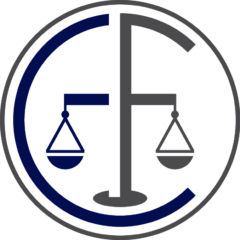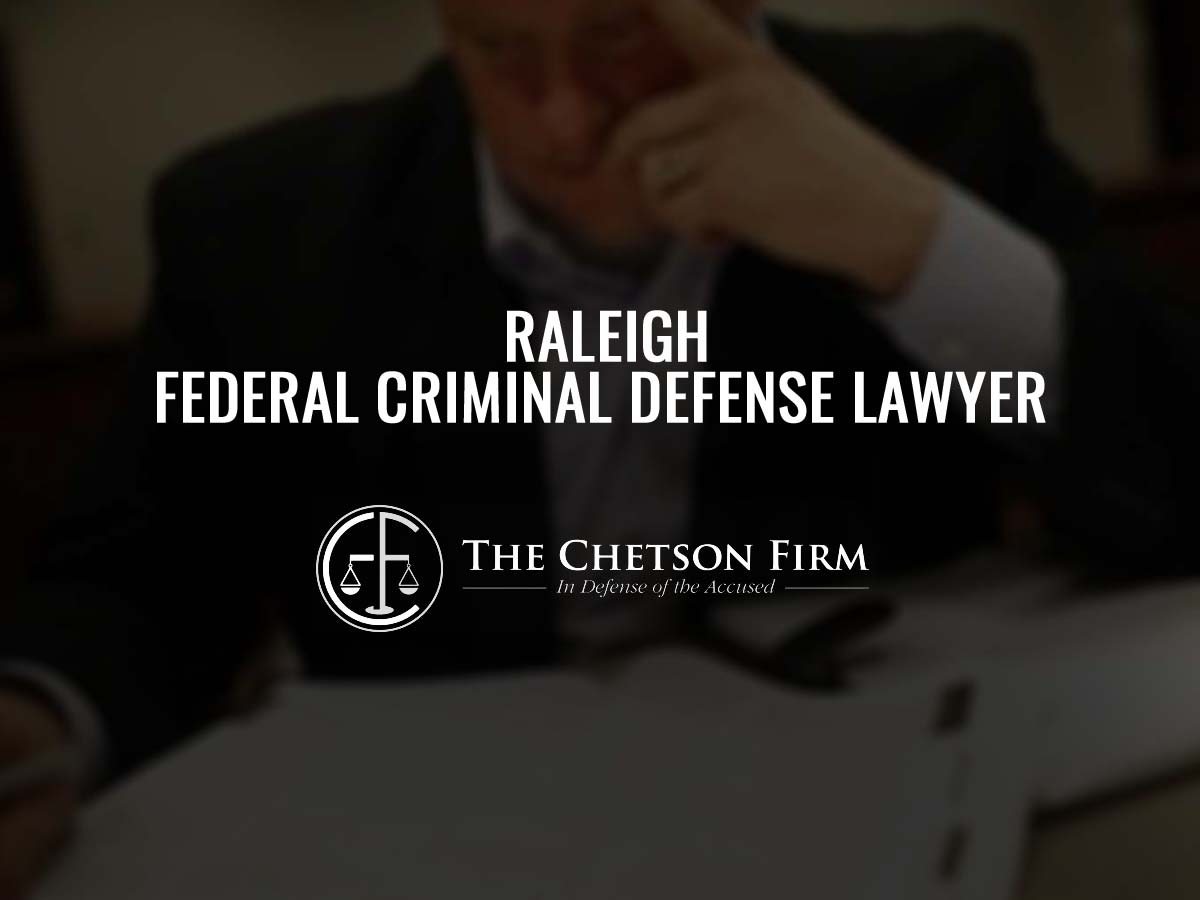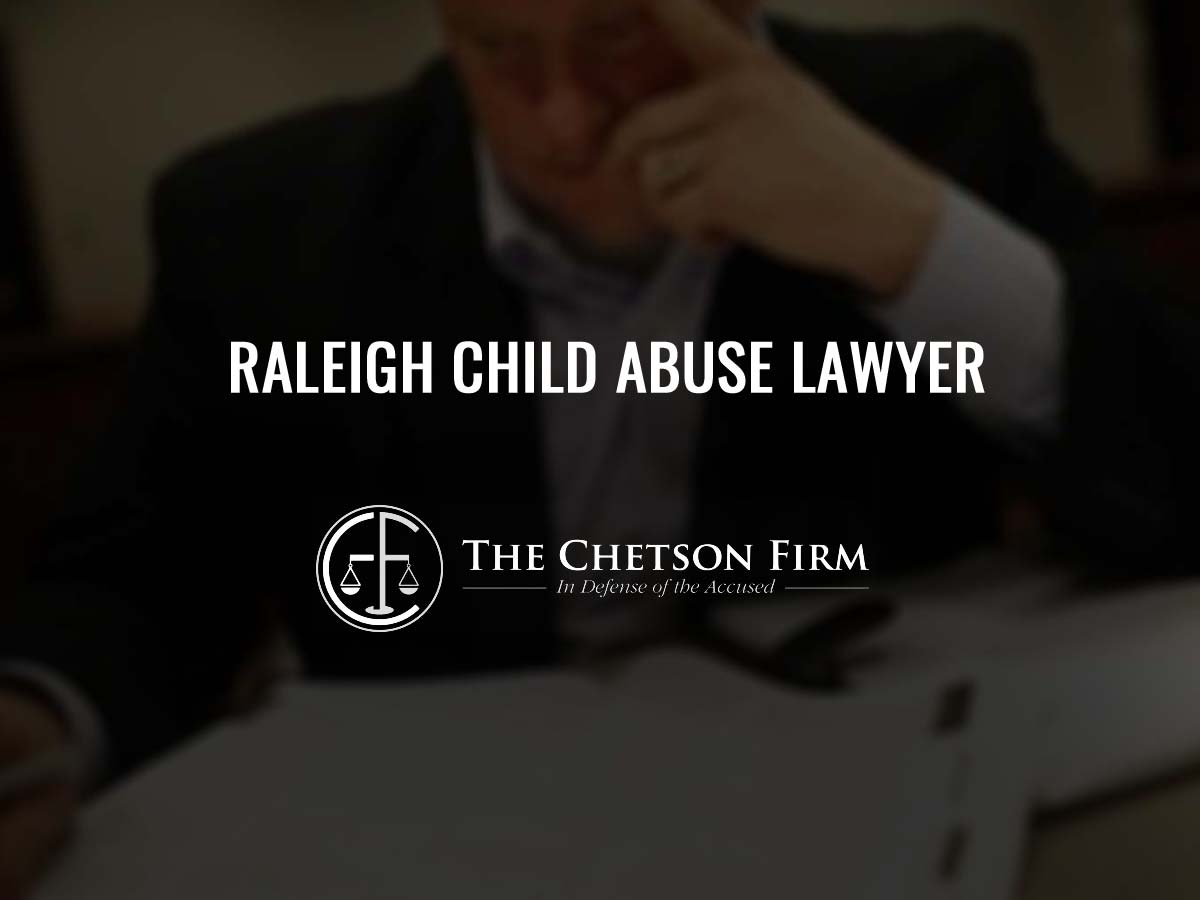Having defended more than 100 clients investigated for or charged with child pornography-related offenses, we recognize patterns of behavior that give rise to problematic conduct, the methods used by law enforcement to seek people who distribute or download child pornography, and the prosecutorial approaches used by federal and state authorities to bring these cases to court.
We understand how to defend these cases and how to use a comprehensive approach to mitigate and win these cases. Our client-centered approach focuses first on whether prosecution can be avoided, or a case can be won at trial.
Where charges have not yet been filed, we seek to intervene at an early stage try to avoid criminal charges altogether. In some cases, by taking a proactive approach, we can allay law enforcement or prosecutors’ fears that our client is a predator or is engaged in “hands-on” offenses.
In other cases, we can raise the possibility of a “multi-user” defense by highlighting for prosecutors the problems they will have in proving that the suspected person – i.e., our client – is the person who downloaded the Child Sexual Abuse Material (CSAM).
In still other cases, we can point to technical problems in the investigation or in the nature of the devices suspected of containing the CSAM that may make prosecution difficult.
Over the years, we have helped not a few clients avoid charges altogether through some combination of the above strategies.
Child Pornography Charges
Where charges are forthcoming or have already been filed, we seek to ease our client’s surrender to authorities, and attempt to free our client on pre-trial release or bond.
We are able to first assess whether the case is winnable at trial, and whether the various experts at our disposal can provide us with the necessary technical and forensic support to achieve victory.
Where our clients can be released to await resolution of the case, we work on approaches that help our clients prepare for the coming months or years as their case winds its way through the court system.
In some cases, a combination of treatment and evaluation is essential. People who view or download child pornography often suffer from untreated psychological illnesses that often have childhood origins. Sometimes they are victims of childhood abuse. Other times they suffer from attachment disorders which prevent them from creating healthy age-appropriate relationships.
Treatment can take two forms: in-person group or in-person one-on-one counseling.
Other sorts of treatment, for instance for various alcohol or drug addictions, can be appropriate as the viewing of child pornography is often linked other addictive behaviors.
Forensic Evaluations
In addition to treatment, a forensic evaluation may be appropriate to establish to a prosecutor and, ultimately, the judge that the client is either not a danger or otherwise a low risk for recidivism. Where the risk is higher, a forensic evaluation will suggest various ways the sentencing court can ensure that the person not repeat the behavior.
Forensic evaluations are most crucial where a case may not be won at trial, and where conviction is likely to occur, and where mitigation is appropriate.
State Punishments
Child pornography is a set of crimes that can be punished by the State of North Carolina or the federal government. (Rarely do both jurisdictions punish the same conduct.)
In North Carolina, the crime is called Sexual Exploitation of a Minor and comes in three degrees. First Degree Sexual Exploitation of a Minor is punishable as a Class C felony and is the crime of creating, producing or manufacturing child pornography. It is the most serious child pornography offense in North Carolina.
Second Degree Sexual Exploitation of a Minor is punishable as a Class E felony and is the crime of distributing or sharing child pornography. It includes even the inadvertent sharing of CSAM via peer-to-peer sharing networks, and many people who believe they merely have possession child pornography can be charged with distribution because of the way that peer-to-peer sharing software works.
Third Degree Sexual Exploitation of a Minor is punishable as a Class H felony and is the crime of possessing child pornography. Whether the crimes charged are First, Second, or Third Degree, they include a mandatory requirement that the defendant register as a sex offender if convicted and upon either release from prison or jail or placement on probation.
Federal Child Pornography Laws
The federal government often punishes child pornography crimes largely because it has the budget and the resources to track people who share this material online. While some local departments, such as the Cary Police Department, have standing teams who focus on tracking child pornography, most local departments lack either the technical know-how or the time or resources to investigate these crimes.
But the federal government, often through the Department of Homeland Security and Homeland Security Investigations, has dedicated groups that can track CSAM across larger geographic and even international areas.
Federal child pornography laws are more complicated to describe, but almost always require prison time upon conviction. Federal statutes have various ranges of punishments from 0 to 10, to 0 to 20, to 5 to 20, to 15 to 30 years in prison for first-time offenses. A criminal defense lawyer skilled in this area can provide clients with a more precise understanding of the legal exposure by calculating a potential Sentencing Guideline.



